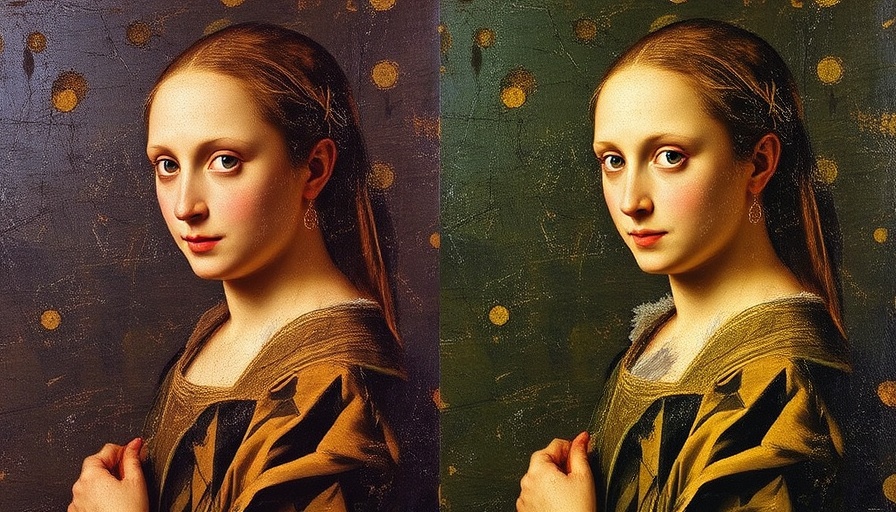
Revolutionizing Art Restoration: The Power of AI
Have you ever looked at an old painting and noticed the cracks, fading colors, or missing pieces? Traditional methods of restoring such artworks can take years and cost a fortune, making it hard to save many beautiful pieces. But researchers have developed an exciting artificial intelligence (AI) tool that can restore these age-damaged artworks in just a few hours!
How Does the AI Restoration Process Work?
The AI technique starts by scanning the painting to create a detailed damage map that pinpoints exactly where repairs are needed. For example, in a recent demonstration, a damaged oil painting attributed to a 15th-century artist was scanned, revealing over 5,600 damaged sections! By using software like Adobe Photoshop, the researchers crafted a digital mask to cover the damaged areas, carefully matching colors to make the restoration seamless.
A Tool for All Paintings
This innovative method also opens up opportunities for galleries to restore artworks that may not be considered valuable enough to pursue traditional restoration. Instead of letting these beautiful pieces collect dust, this AI tool allows them to flourish again on display—bringing art back to life without historical compromise.
Ethical Considerations of AI in Art Conservation
While the method presents incredible possibilities, it brings ethical questions to the forefront. How much intervention is too much? Would reproducing artistic integrity change our appreciation of the original piece? These questions remind us that while technology can do wonders, the human touch and values in art should always remain a priority.
Conclusion: Art and Technology, Hand in Hand
As the AI tool continues to evolve, it invites intriguing discussions on the future of art conservation and the role of technology in our creative expressions. Remember, advancements in AI are not just transforming industries—they're fundamentally changing how we interact with culture and history.
 Add Row
Add Row  Add
Add 




 Add Row
Add Row  Add
Add 



Write A Comment